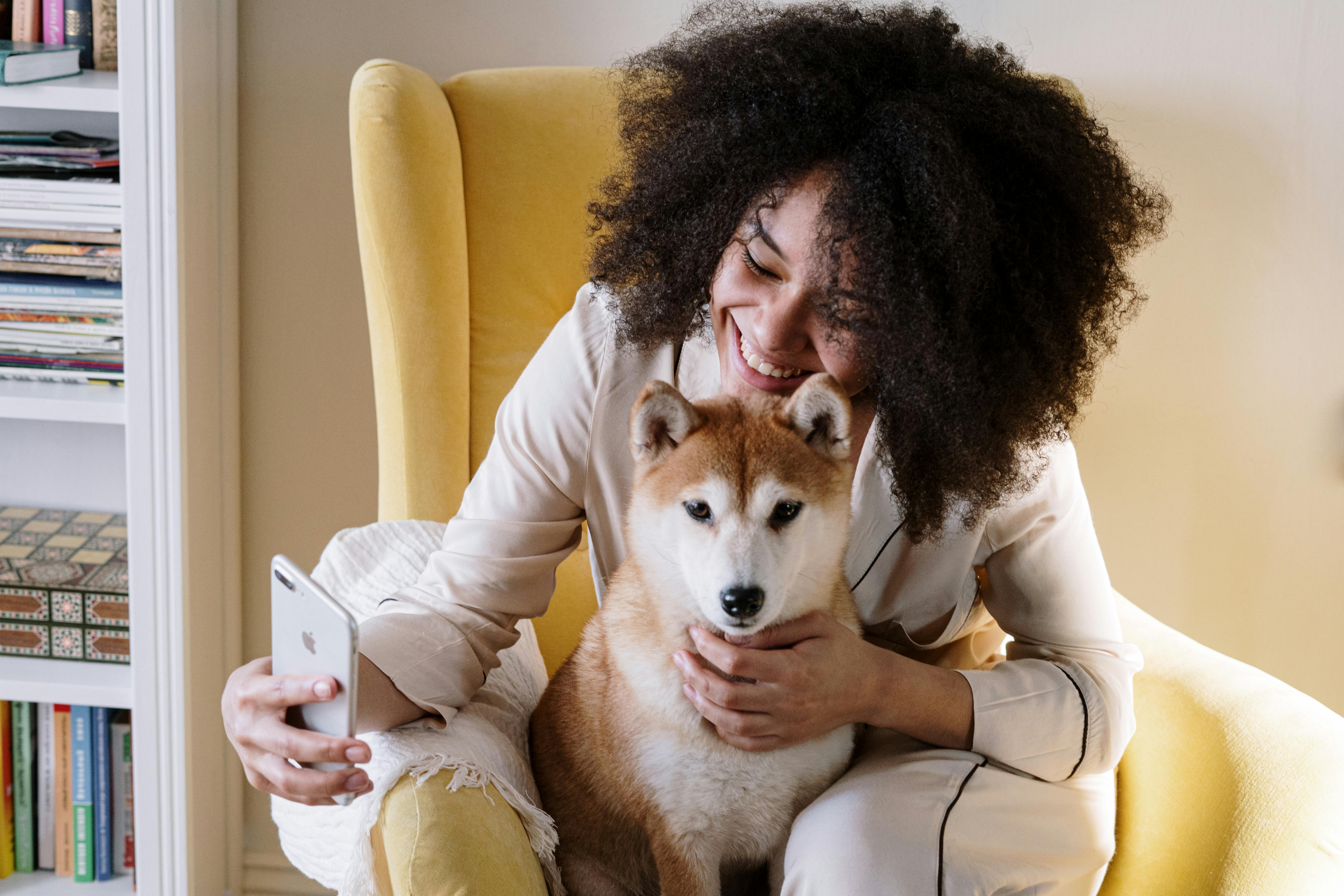One of the most exciting events for a family or individual is bringing home a new puppy. Unfortunately, many people don’t organize themselves or their home for the newcomer. There are several things that can be done to make your puppy’s first hours in his new home pleasant and enjoyable. Most of the activities are very simple and will only require a few minutes of time and attention to complete.
Have the right supplies
The following items must be purchased and set up prior to the arrival of the puppy (s):
* Stainless steel or rigid plastic food and water bowls that won’t tip over.
* Appropriate size box
* Soft and washable bedding for the inside of the box.
* Variety of chew toys and play toys.
* Appropriate size leash or leash and collar.
* Foods that are the same as those of the puppy or puppies that are currently being fed (same brand, flavor, etc.)
Also, depending on the area of the puppy’s house or room, you may also need to get some baby gates to contain the puppy in a specific room or to prevent it from going up or down stairs.
Security considerations
Puppies look a lot like young children – they will want to investigate everything. Puppies learn by chewing and mouthing just as much as they learn by looking and smelling. By spending a little time protecting your puppy home, you can be sure that your puppy will be safe. The following are tips for protecting puppies:
* Remove all electrical cords from puppies’ reach. This means that they may need to unplug from the wall and move the appliance. Puppies can chew on the cord on the wall or end of the appliance, making it easier to remove the appliance to protect the cord and keep the puppy safe if the cord is plugged in.
* Remove or lift all hanging items such as tablecloths, floor-length curtains, drapery or blind pulls, hanging plants, or other items that dangle temptingly within reach of puppies. Curtain and blind pulls are especially dangerous as they can easily get tangled around puppies’ necks.
* Remove all indoor plants. Many common houseplants are poisonous to dogs. Unless you are sure the plant is not poisonous, remove it from the room. Most puppies naturally chew on plants, so if you want the plant to remain intact, the best idea is to remove it.
* Take off all shoes, backpacks, leather goods, remote controls, cordless phones, children’s toys, stuffed animals, cushions, or anything else that might be fun to play with.
Remember that while puppies are very energetic, your entire home doesn’t need to be puppy-proof, just the rooms where you will be unsupervised. Crate training is a great way to minimize the amount of puppy testing that needs to be done to keep your newcomer safe and healthy.
Make sure the puppy is able to settle in the area and is given adequate time to go outside to relieve himself. Puppies will generally need to go outside at least every three hours and usually within 20 minutes of eating or drinking. After napping or playing, it will also be necessary to take them outside. By allowing many trips outdoors and praising them positively for relieving themselves in the correct area, you will find that home training is not difficult.
Taking special care of puppies involves a lot of prevention. Make sure to get down on the ground and look around to see what might be fun for a puppy to chew on or could pose a safety hazard. Have food, water, toys, and the crate ready when your pup gets home and you and your pup or puppies will have a great start together.
